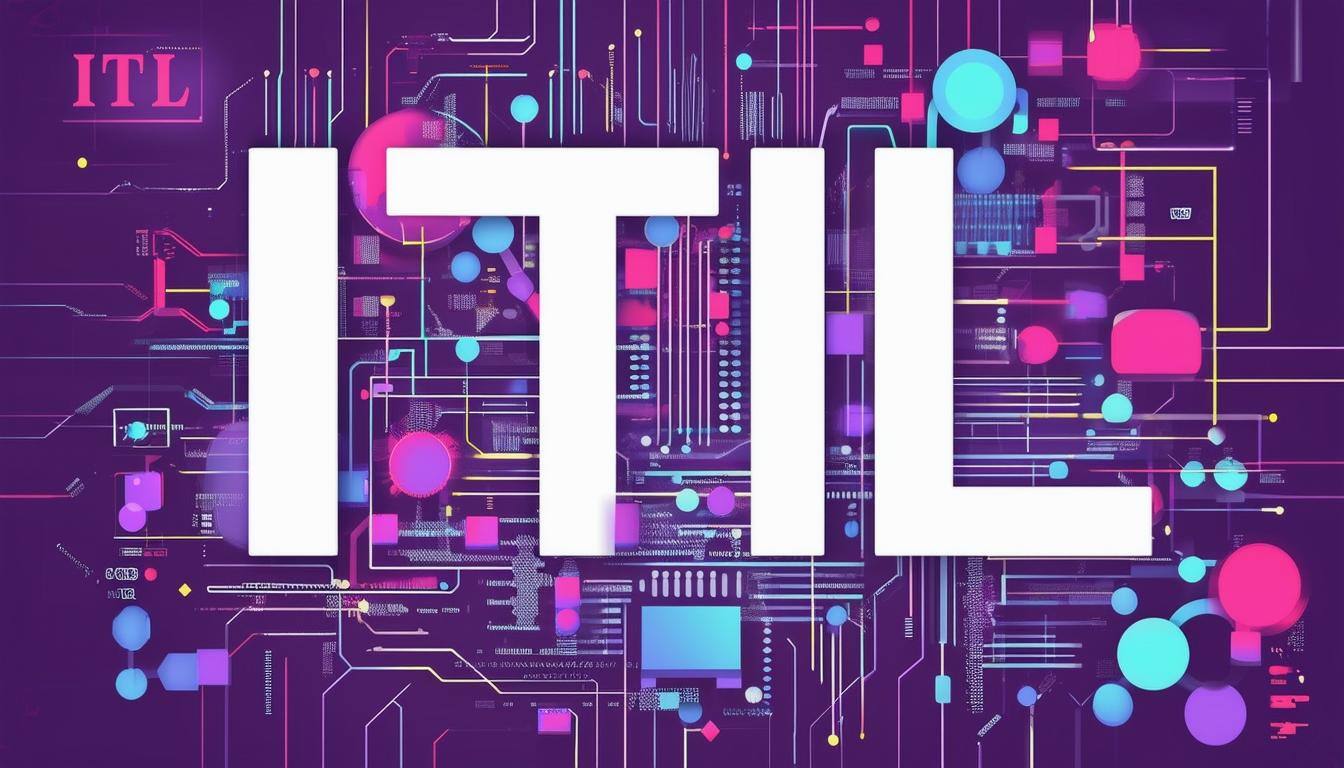
Blog
CourseMonster specialising in navigating the complexities of IT Training, our team of seasoned professionals is dedicated to reshaping training functions for industry leaders like Services Australia and Telstra.
Through a partnership with CourseMonster, clients gain access to a comprehensive suite of Training Managed Services, covering everything from course development to the efficient management of learning technology. With over two decades of experience, we excel in on-the-ground management and administration of the entire learning process

If your organization is seeking to establish a well-structured problem management capability or aimi...
How equipped are businesses to begin their IT and digital sustainability journey?


In an era where technology drives business success, efficient IT service management isn't a luxury—i...
Lucy Banks, who commenced her career as a digital technology apprentice eight years ago, has ascende...
Ensuring accurate and reliable information about the resources available for delivering effective pr...
The introduction of the ITIL (Information Technology Infrastructure Library) framework has successfu...
Understanding how artificial intelligence (AI) can positively impact your organization’s IT service ...
Certainly, obtaining the ITIL Foundation certification is a significant accomplishment in the field ...
Over the last decade, SAFe Scaled Agile Training has been a notable surge in the adoption of agile p...
ITIL, initially known as the Information Technology Infrastructure Library®, but now referred to sim...
Training Managed Services
At CourseMonster, we specialize in guiding companies through the complex world of IT Training. Our extensive team of world-class learning professionals is dedicated to transforming training functions and helping leading companies, like Services Australia and Telstra, maximize their training budgets.
